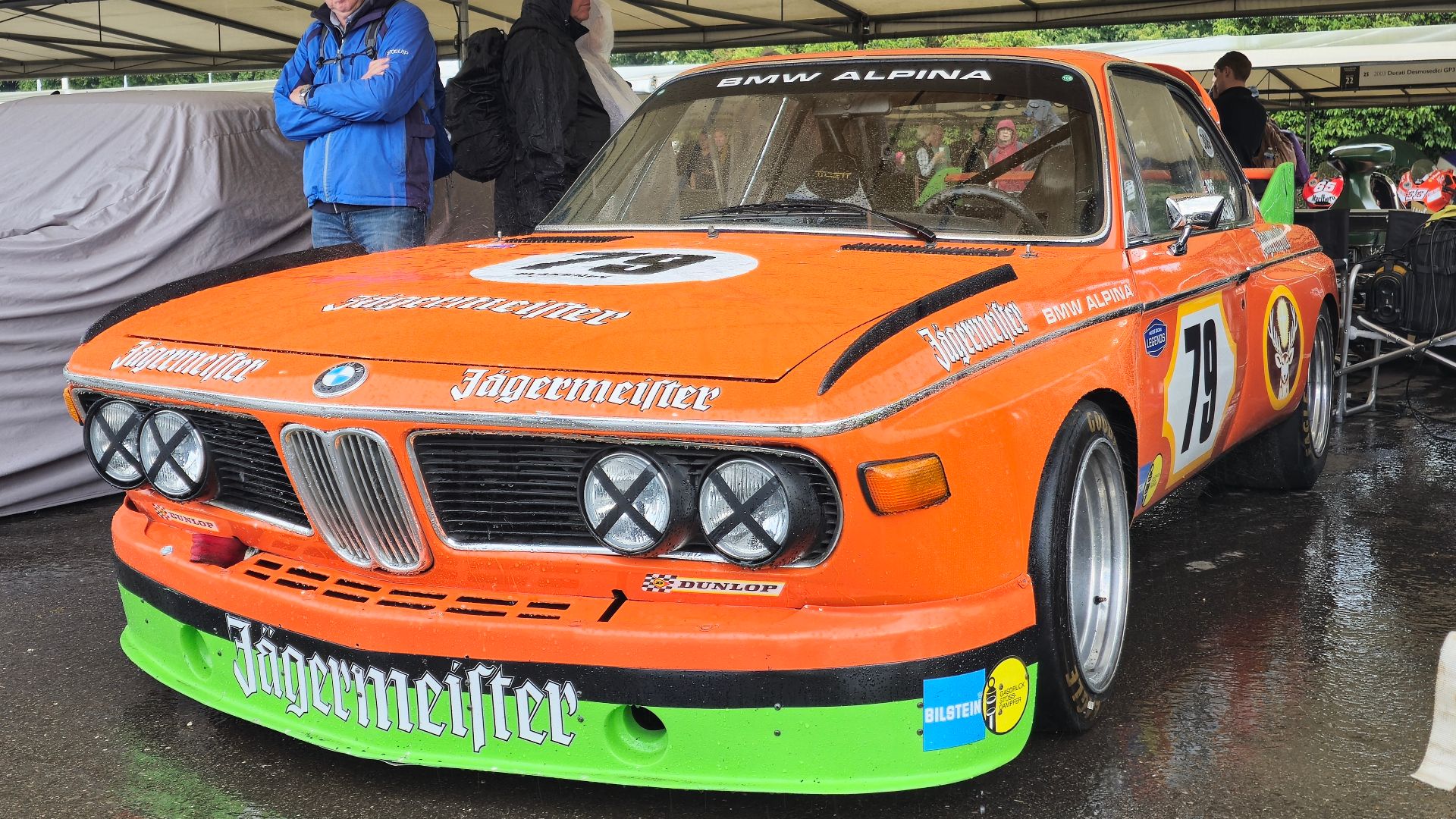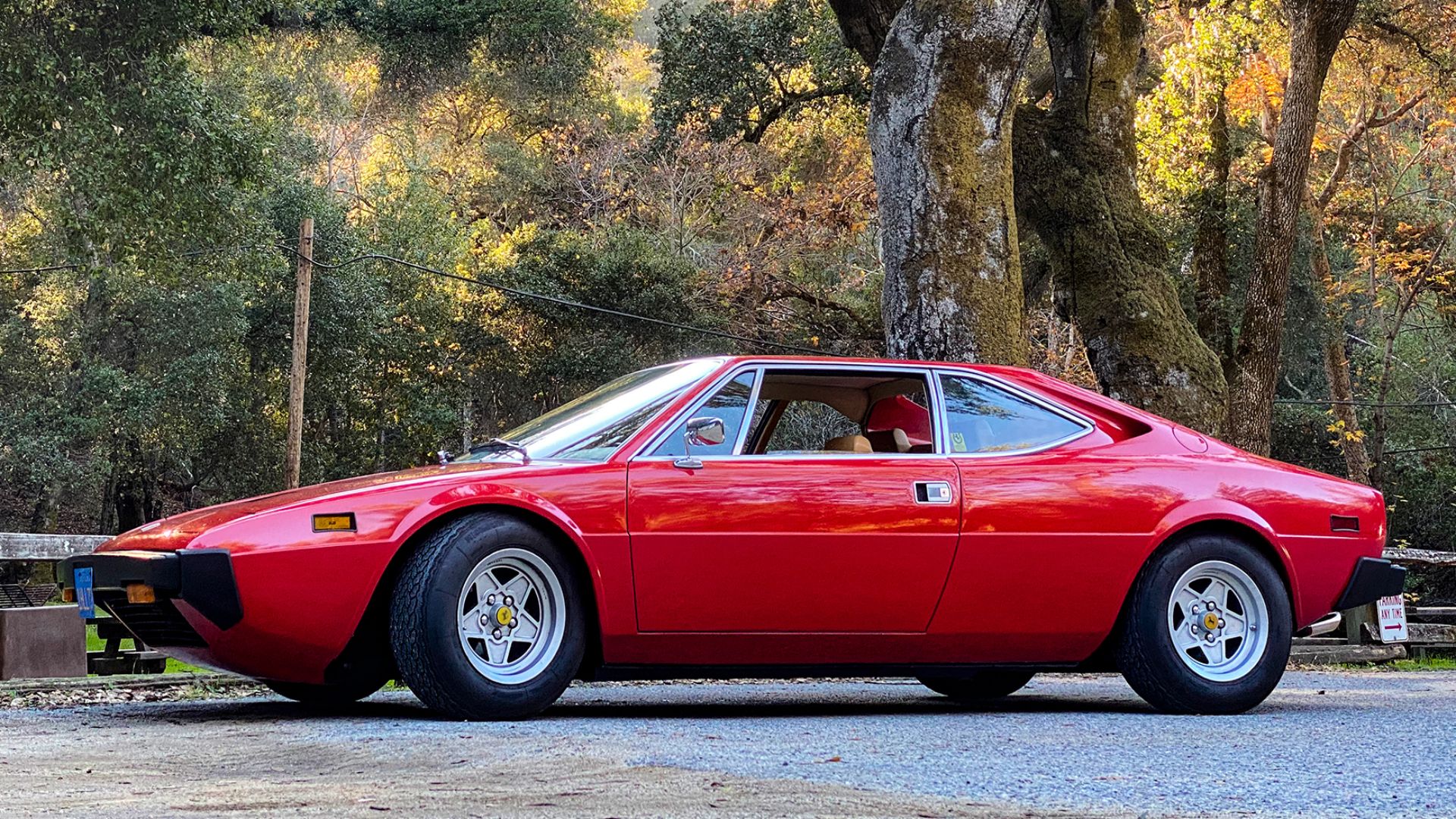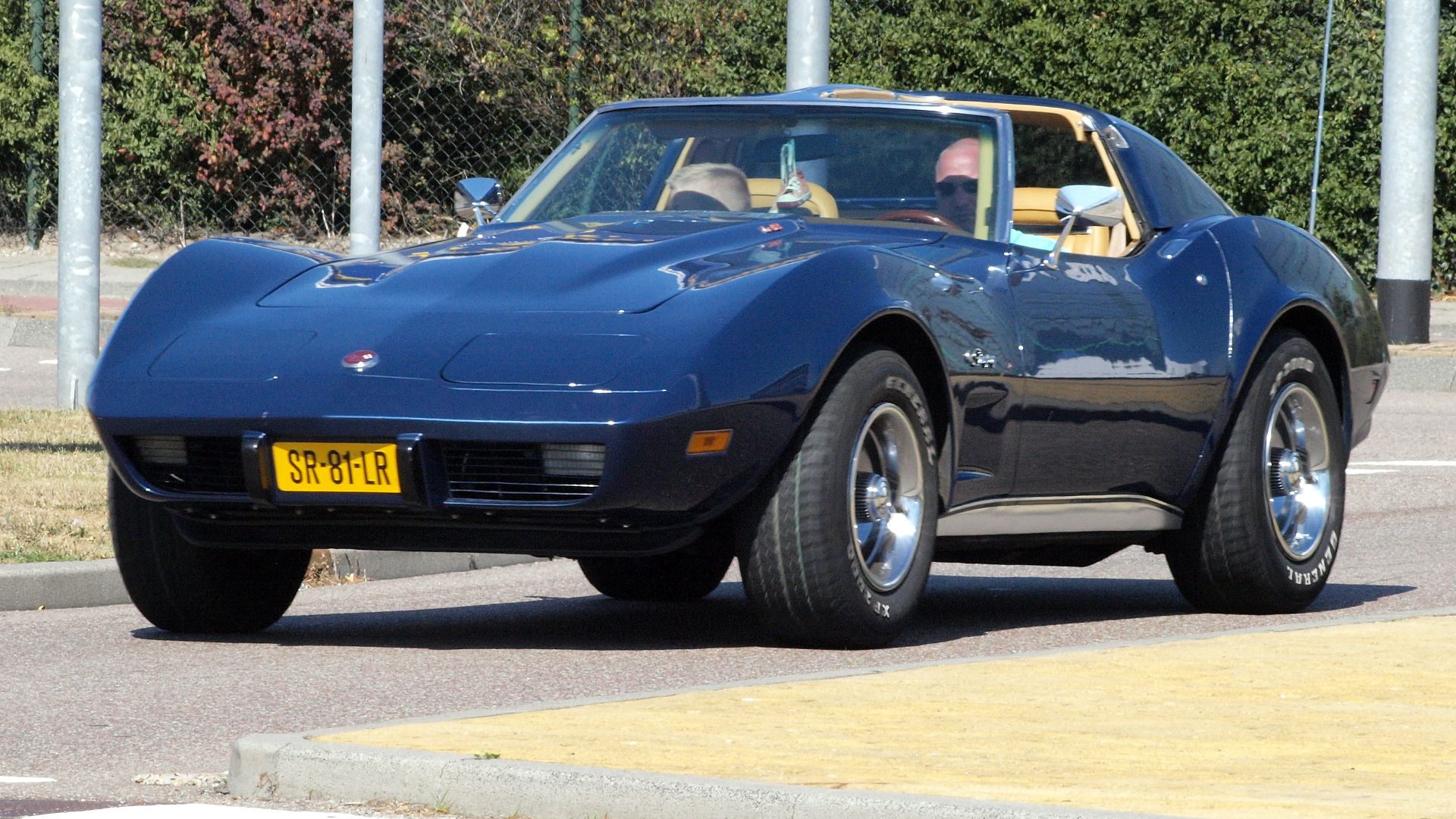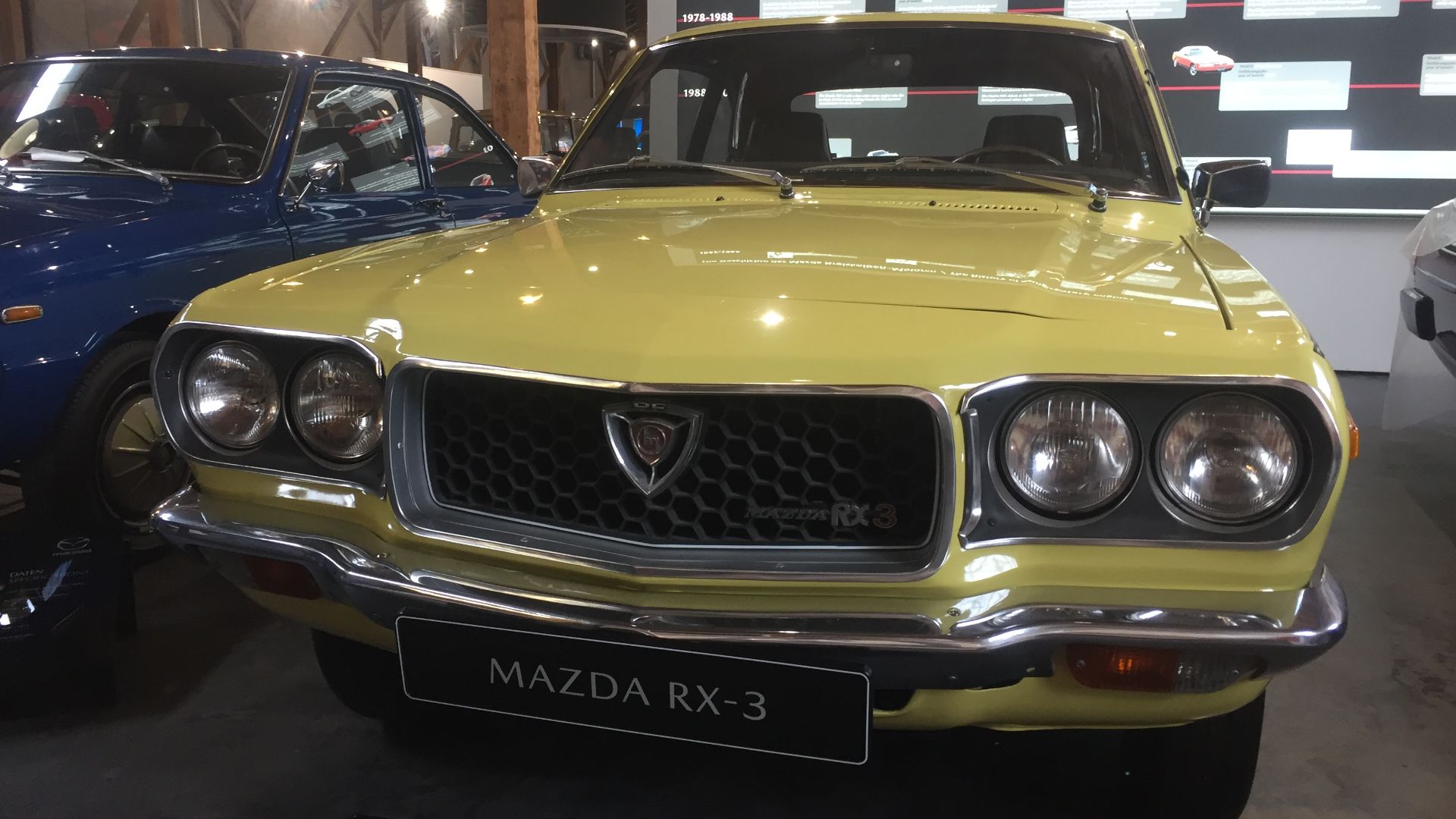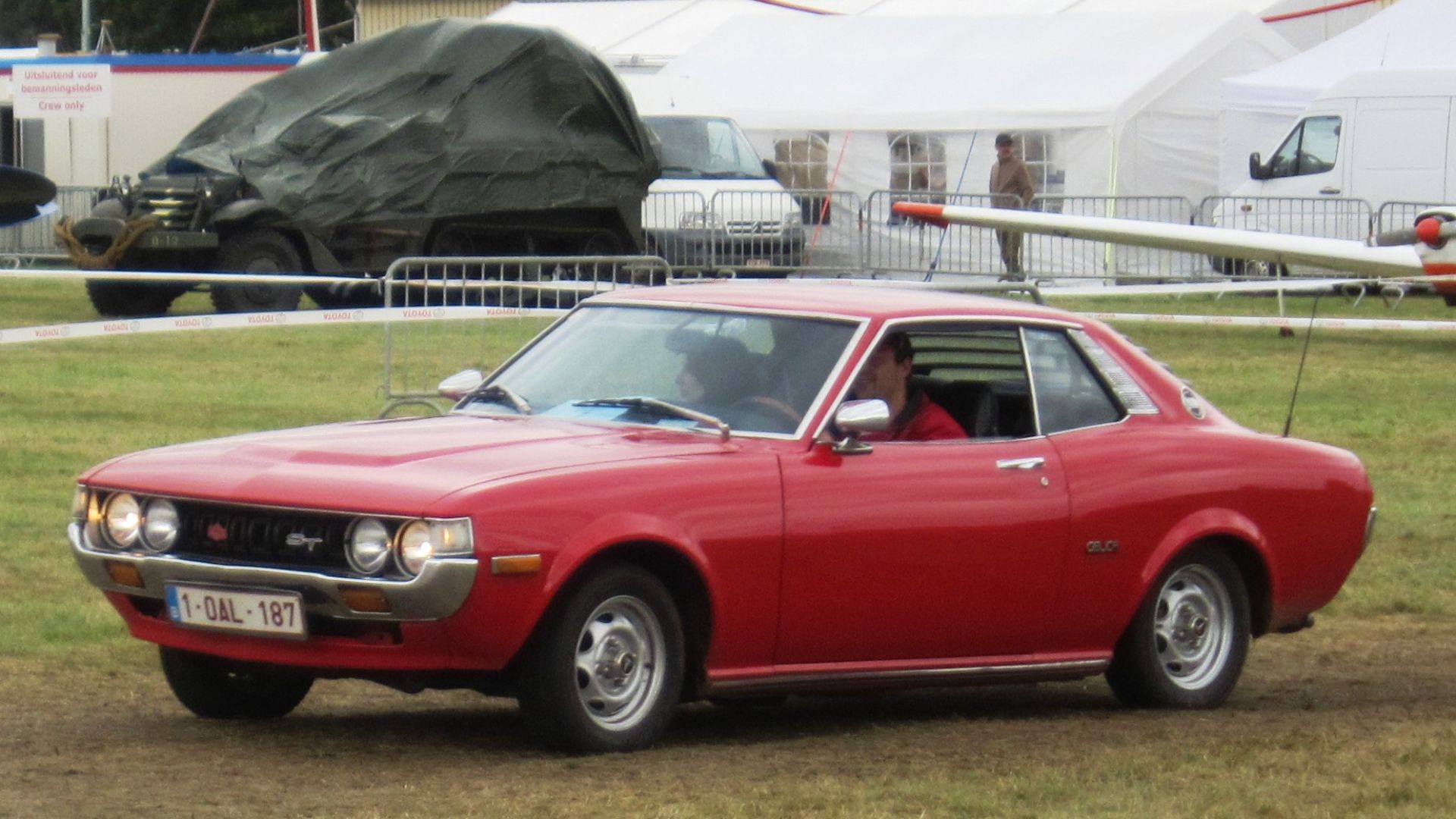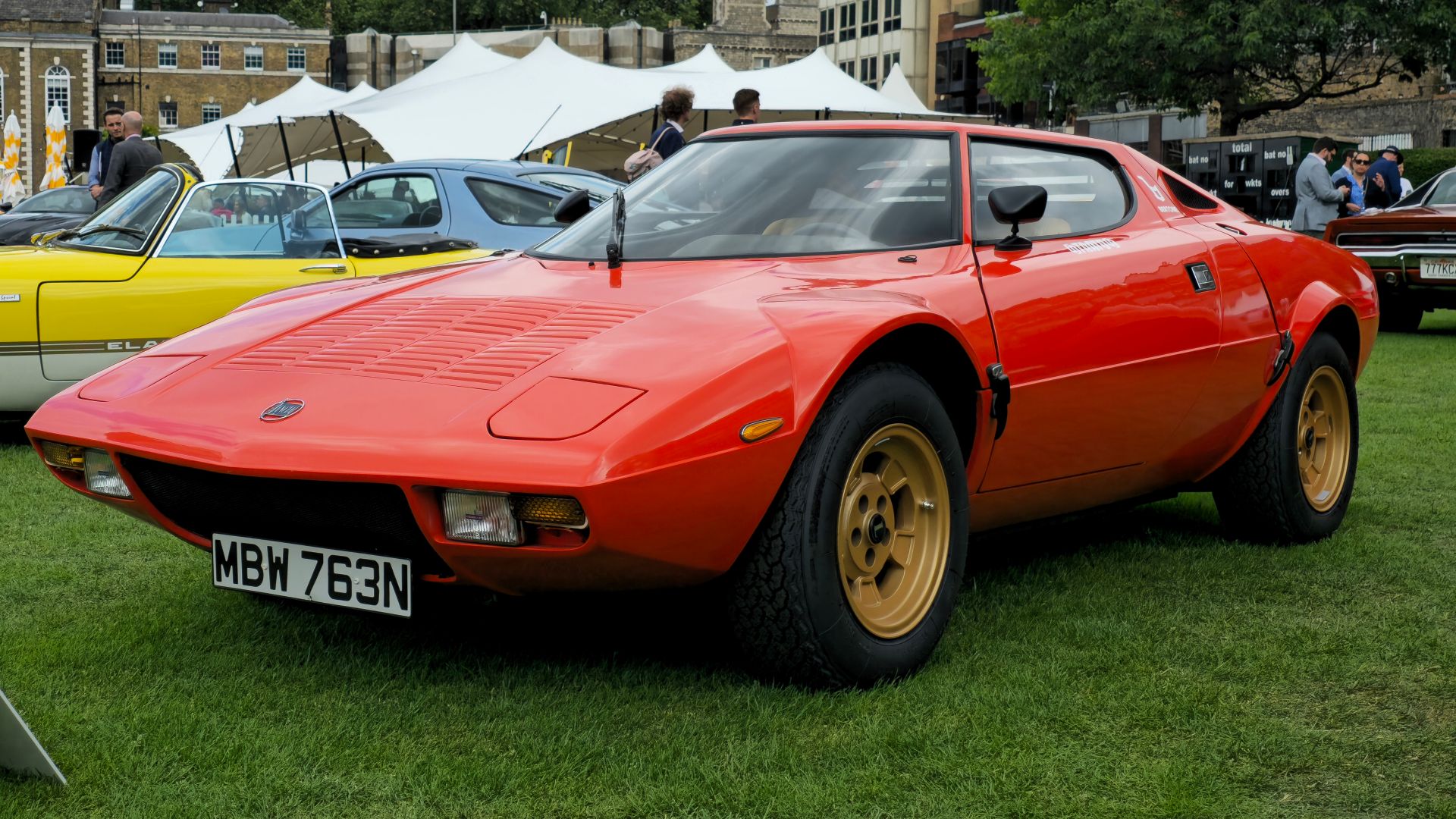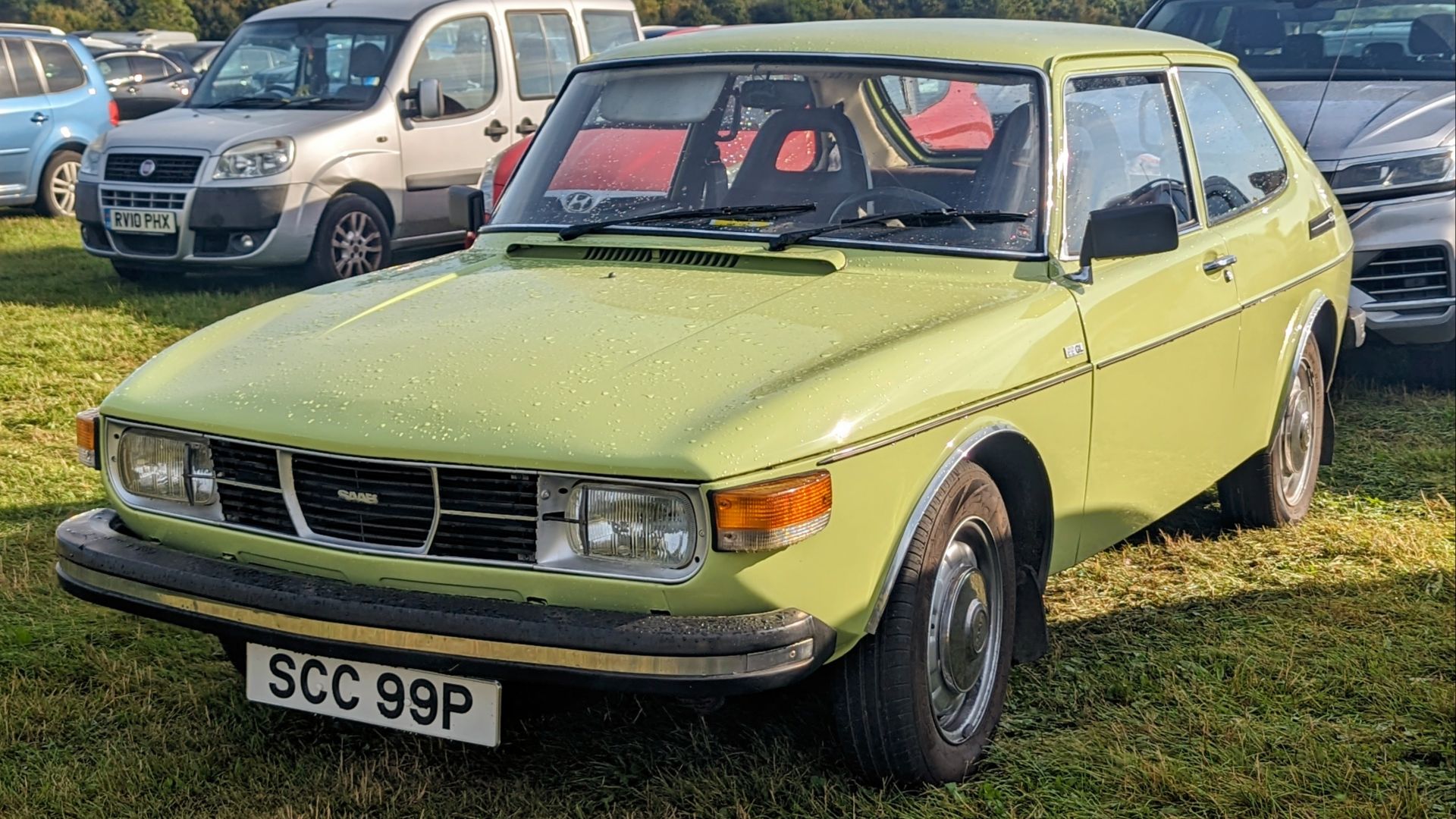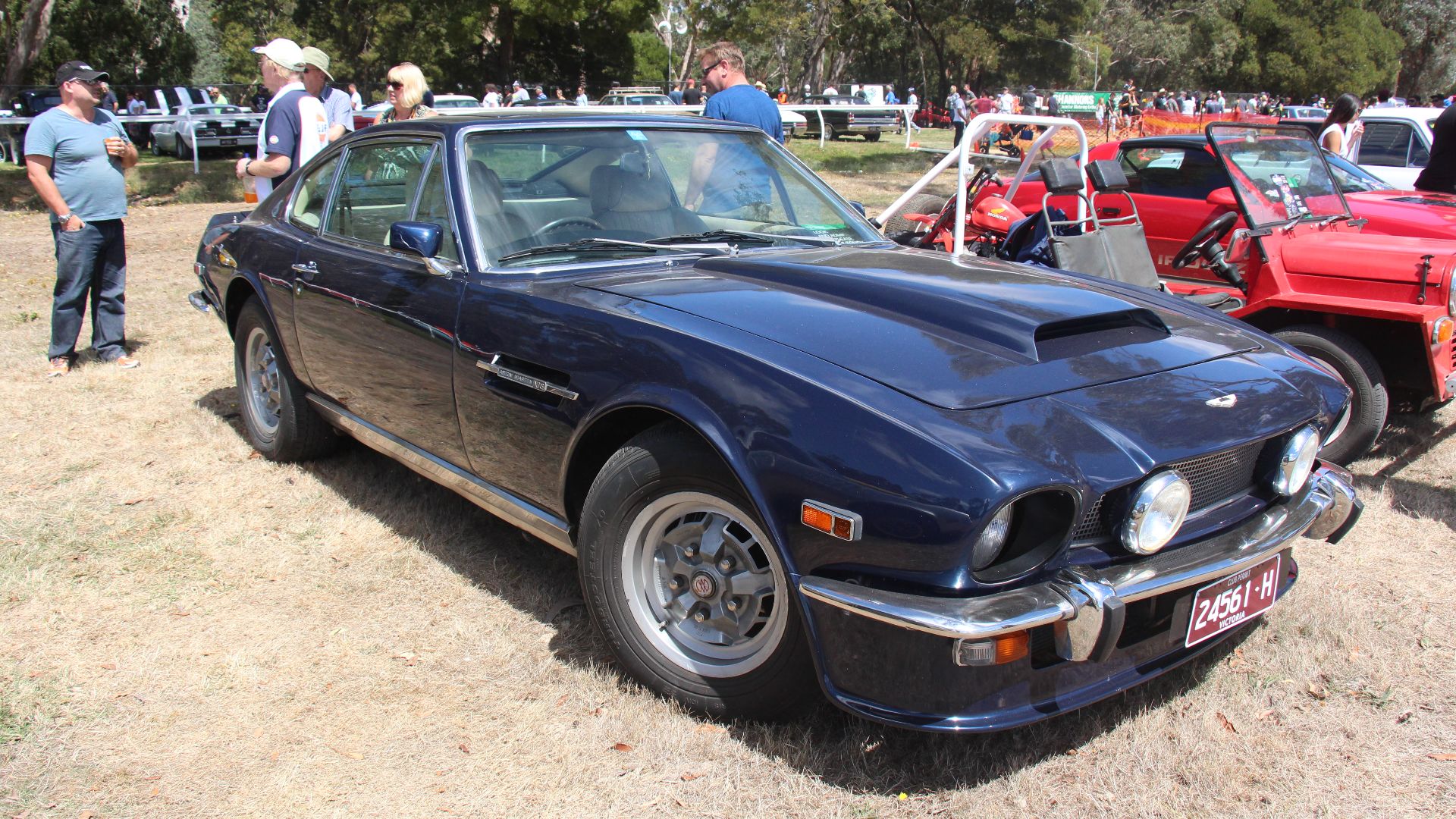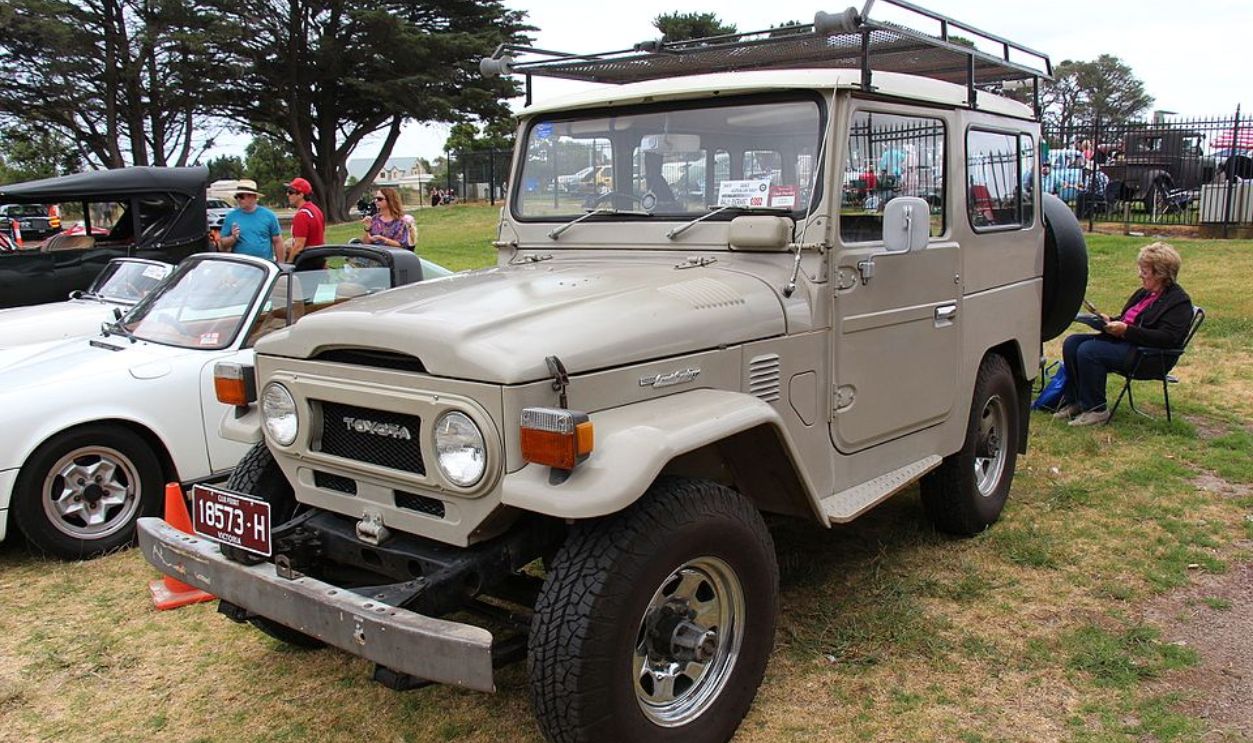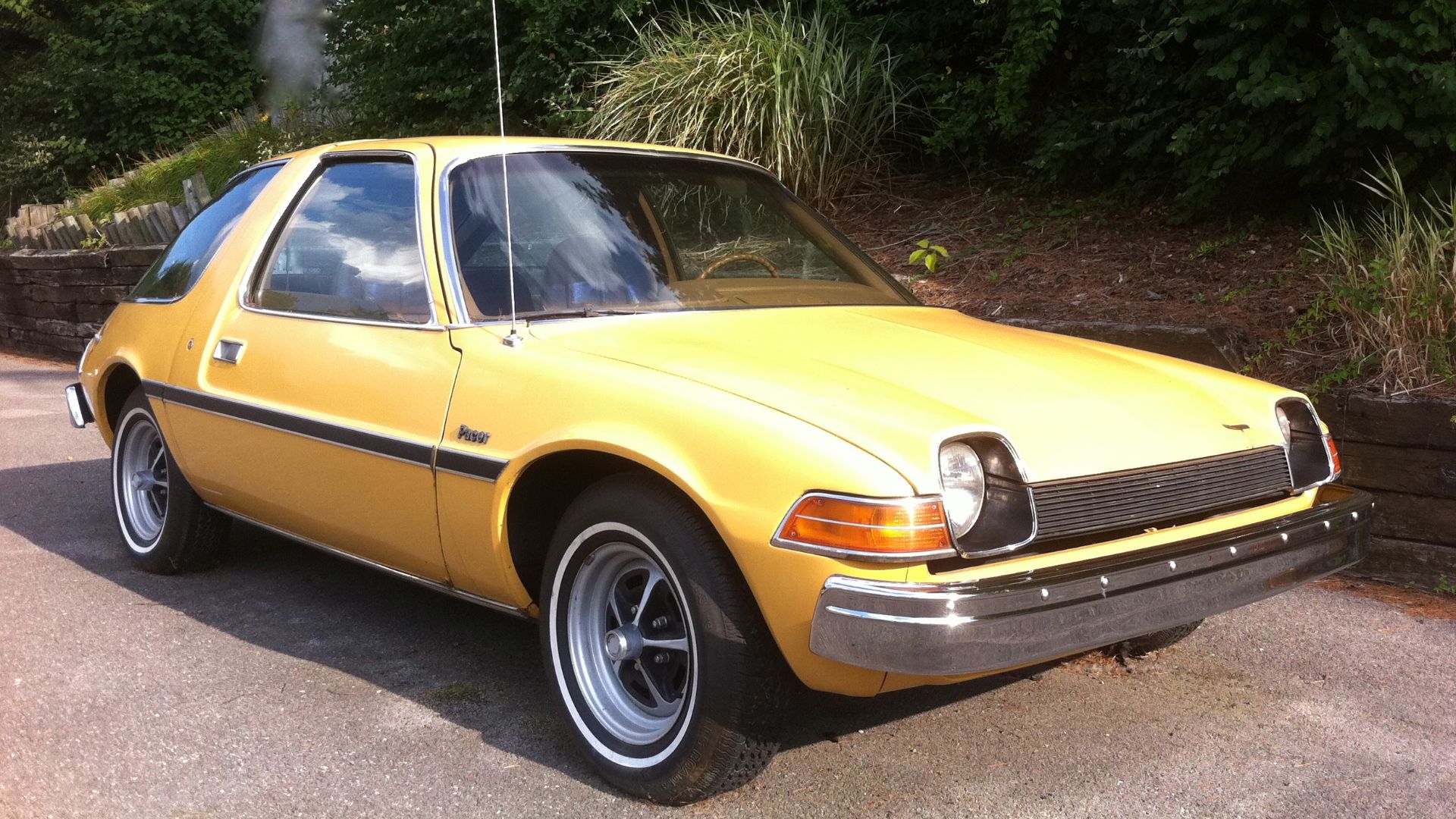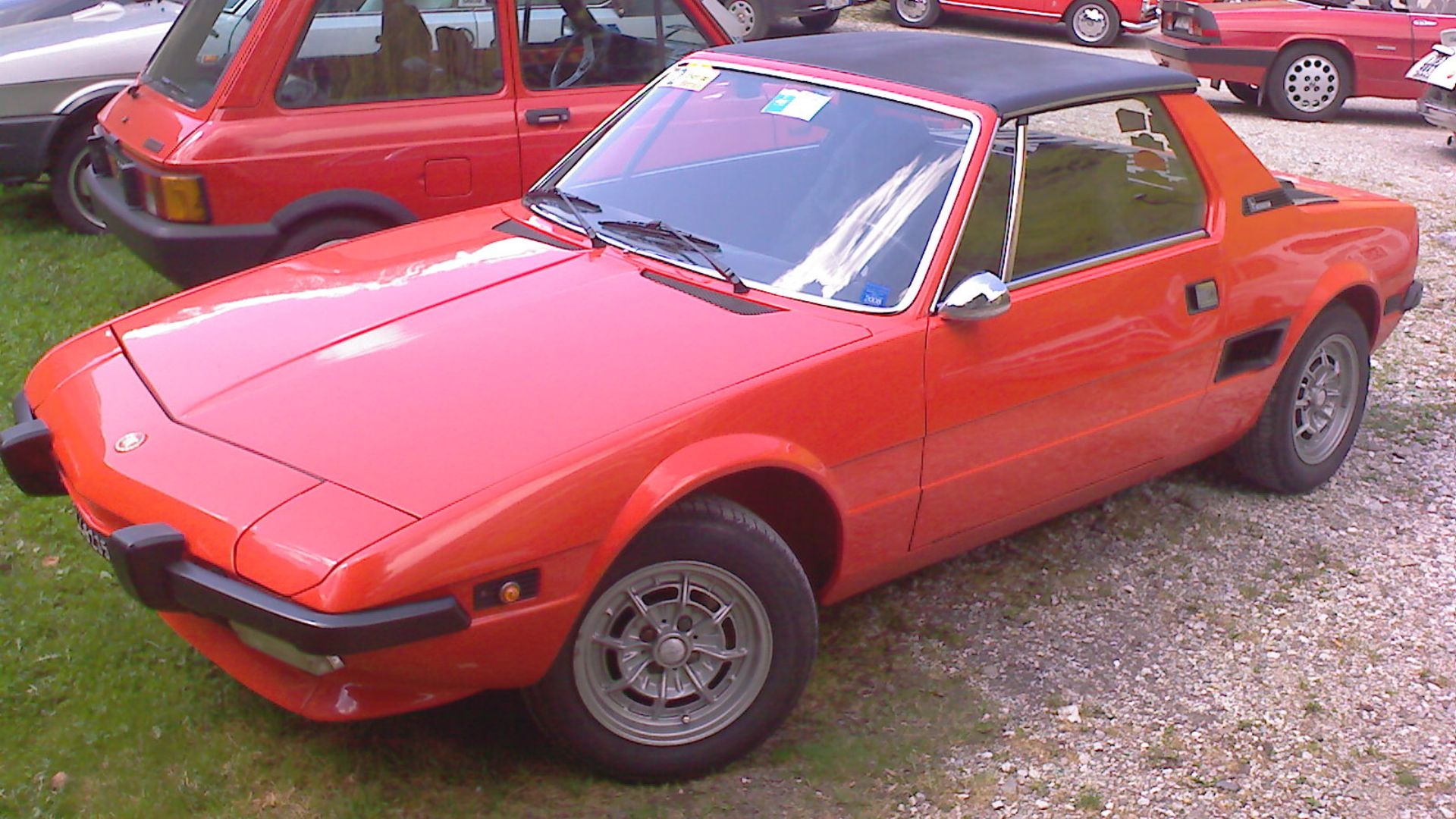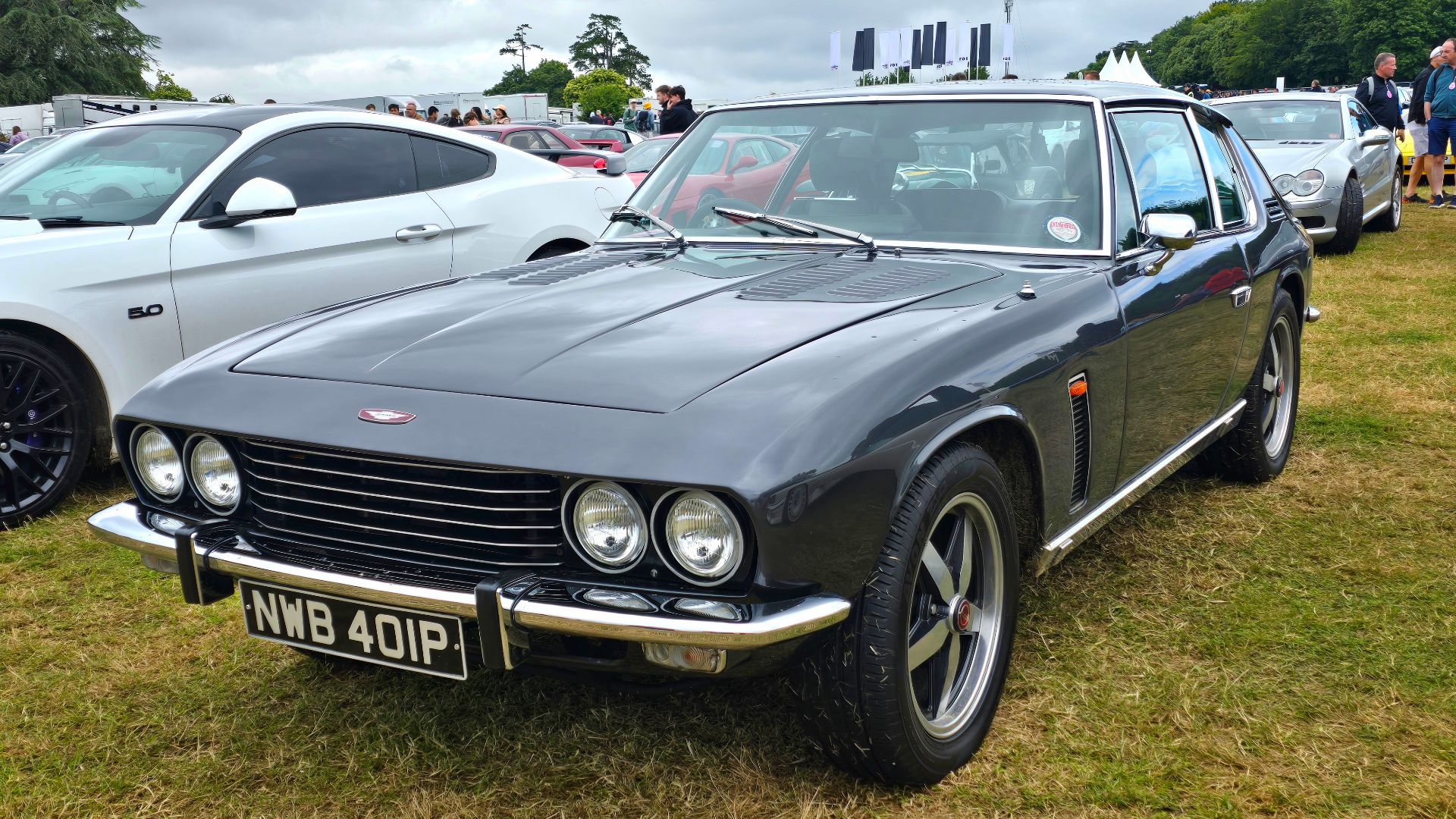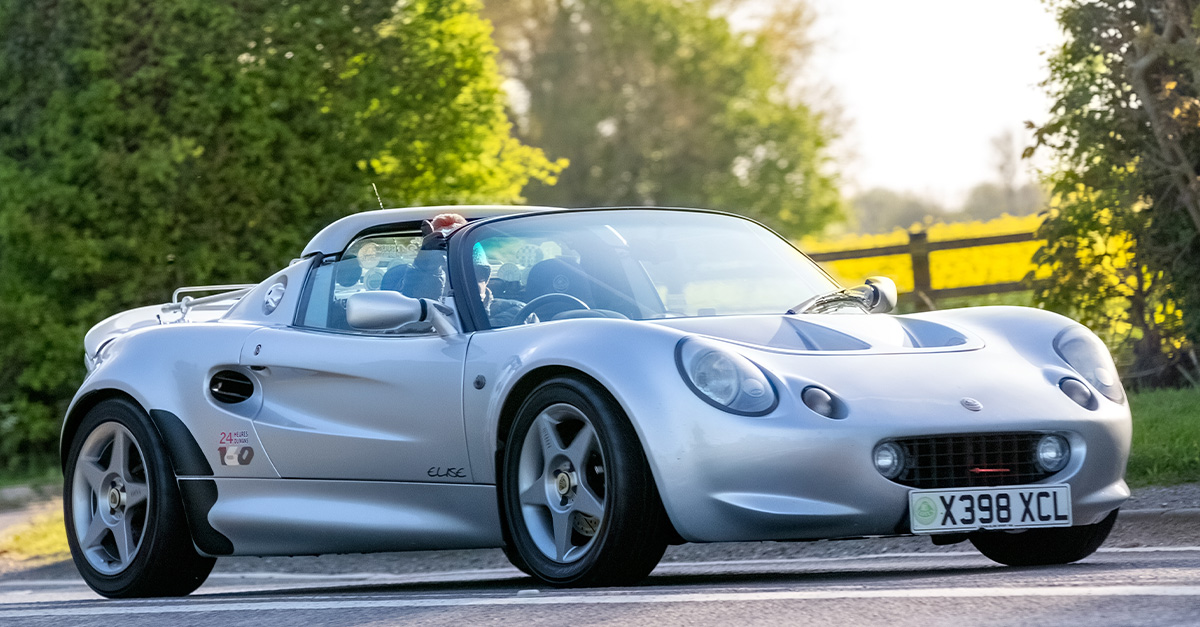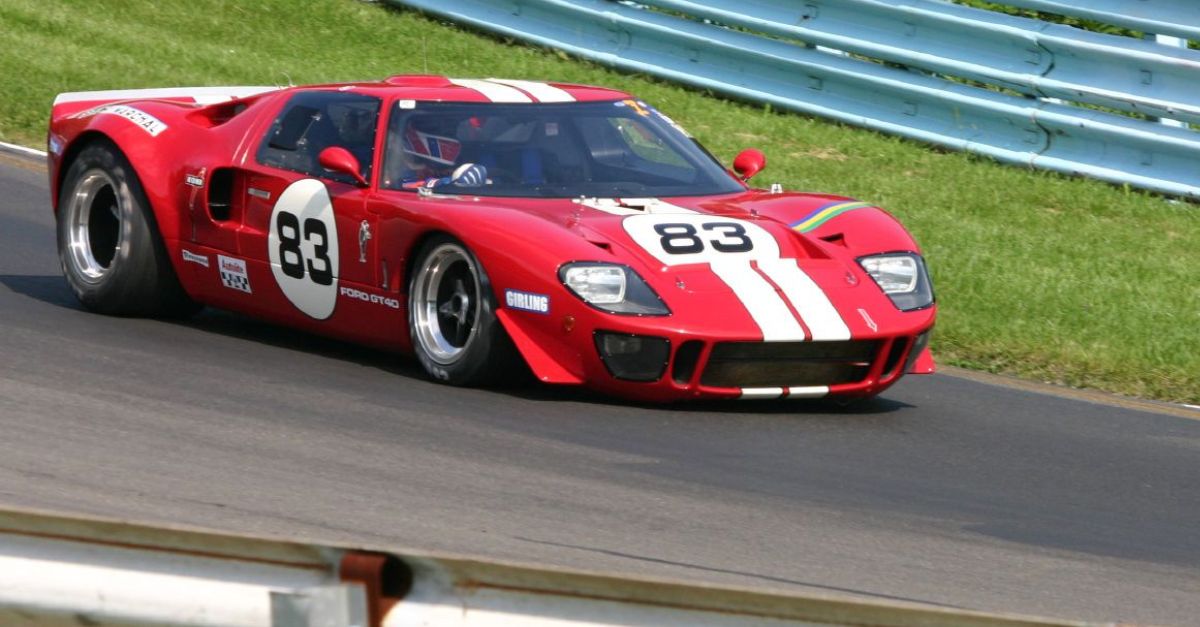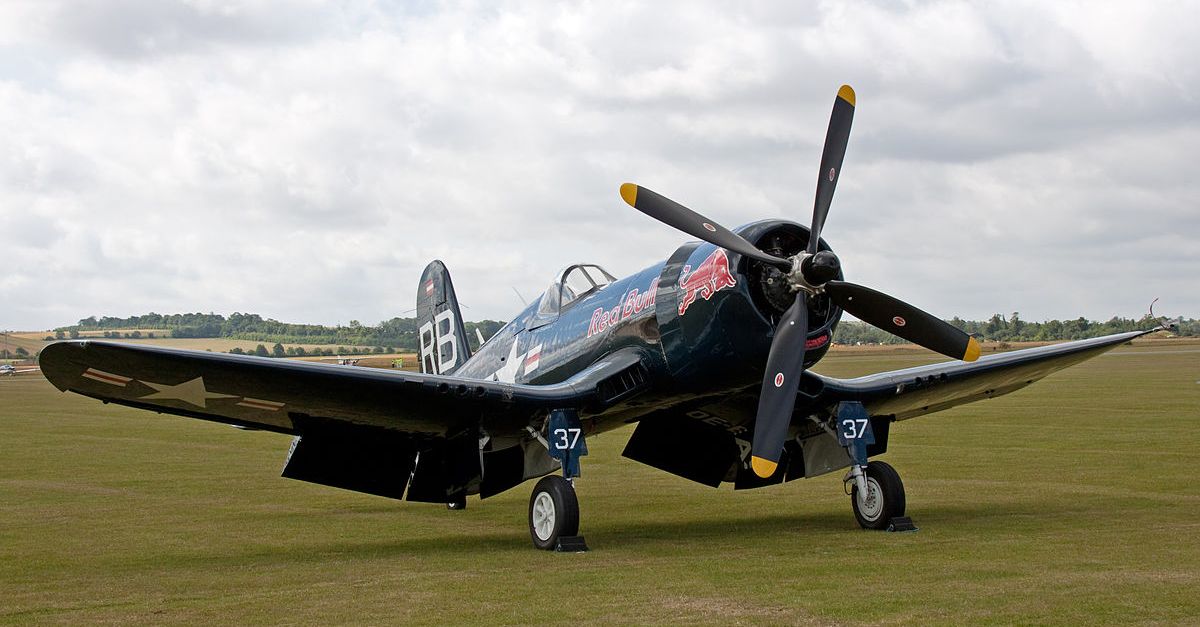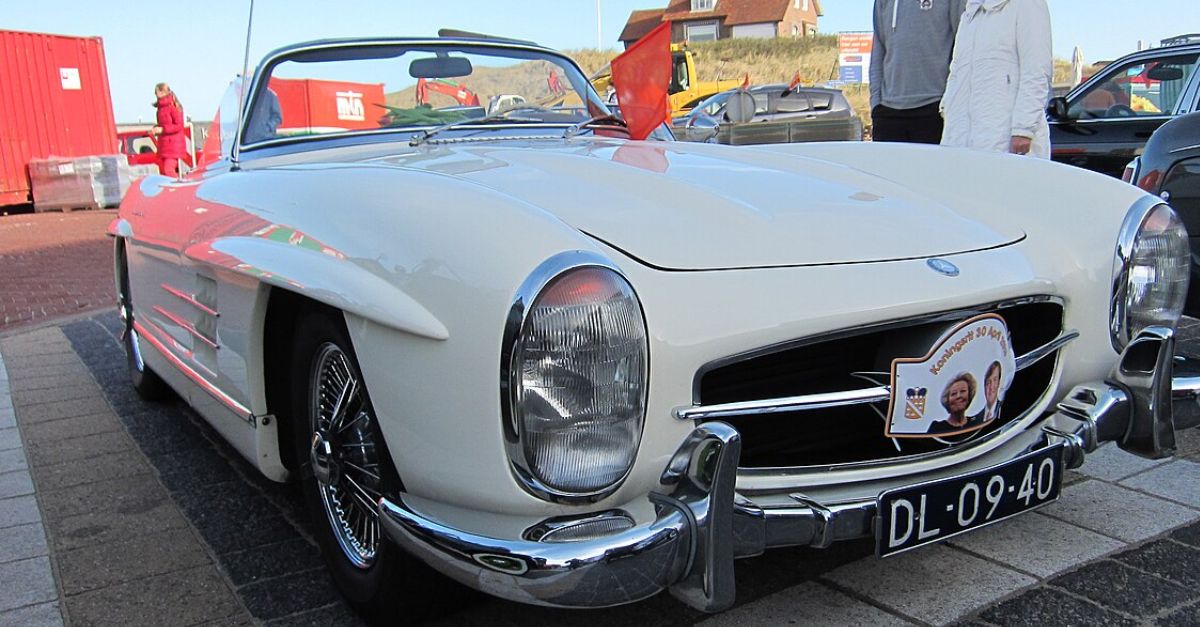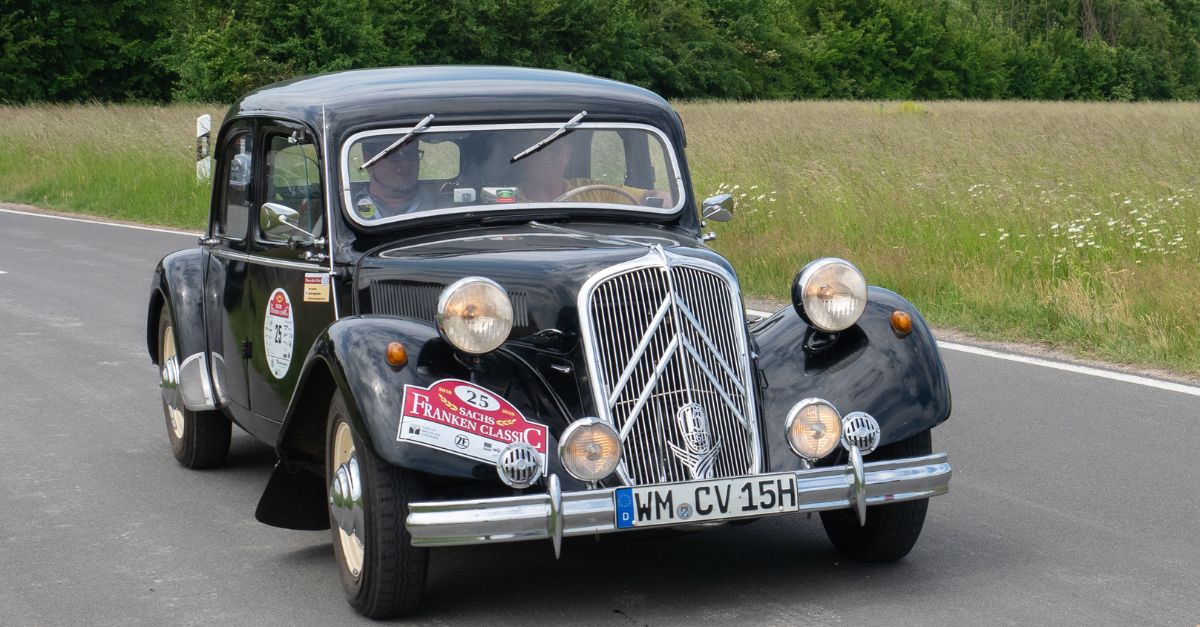Better Back Then
2025 marks 50 years since these classics first hit the road, and let’s be honest—most of them still have more personality, noise, and soul than anything being pumped out of today’s factories. Back when style came standard and performance didn’t need a touch screen, these cars made driving an event, not a software update.
1975 Porsche 911 Carrera
The 911 was already a masterpiece by 1975. Its air-cooled flat-six howl could wake up the whole neighborhood—and they’d thank you for it. It was raw, emotional, and beautifully mechanical. No fake exhaust notes or digital filters here. This car didn’t simulate excitement—it created it.
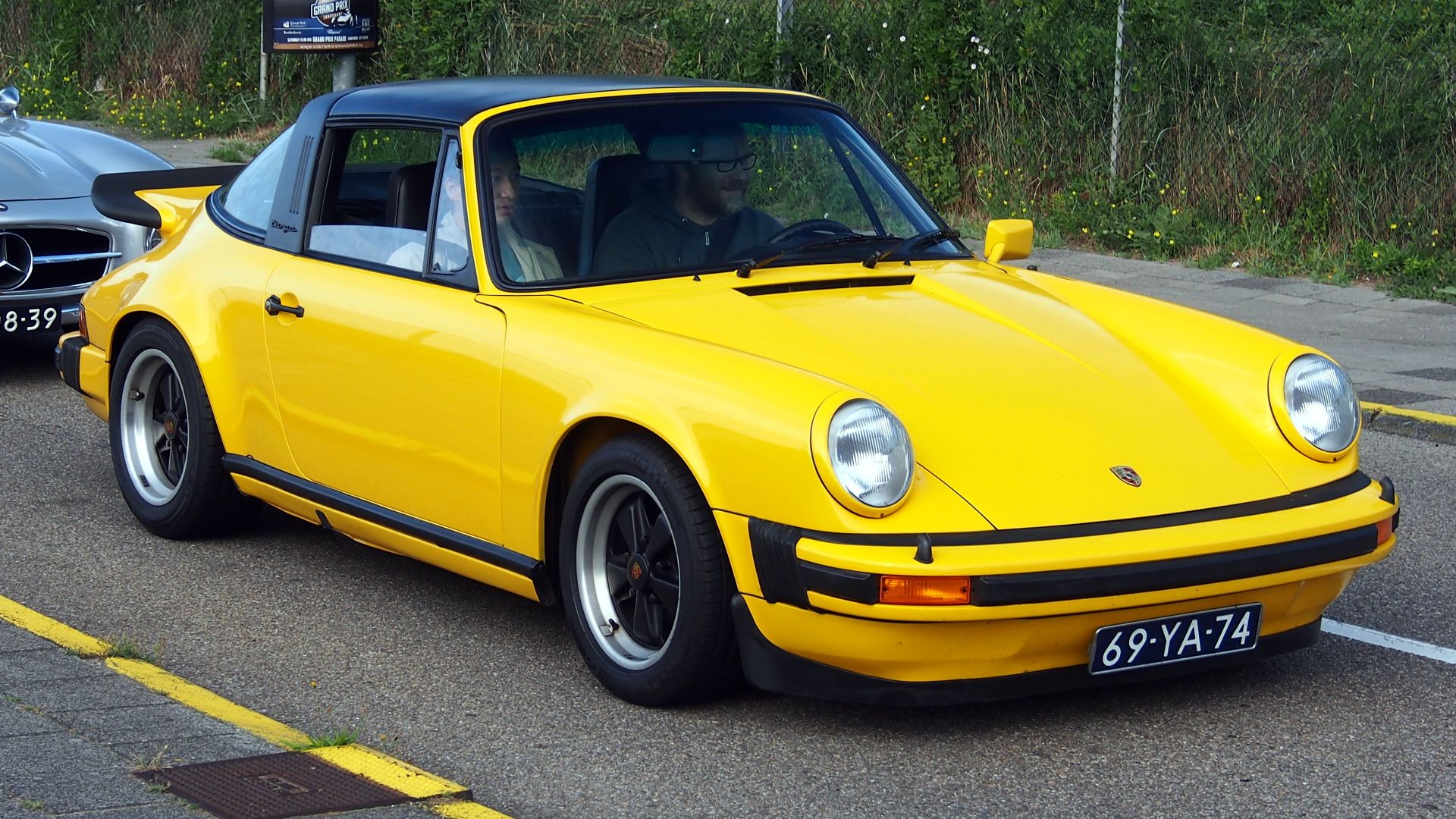 Alf van Beem, Wikimedia Commons
Alf van Beem, Wikimedia Commons
1975 BMW 3.0 CSL (Batmobile)
Before BMW grilles got out of control, they built this lean, mean racing machine. Light, aerodynamic, and unapologetically bold, the CSL proved that performance and presence could coexist. It didn’t need a sport mode—it was permanently in one. Every drive felt like qualifying for a race.
1975 Ferrari 308 GT4
A Ferrari with angular Bertone lines instead of curvy Pininfarina shapes—and it worked. The 308 GT4 was Ferrari’s first V8 model, pairing Italian flair with a rebellious streak. It was different, distinctive, and loud—all the things that make a Ferrari truly special, not just expensive.
1975 Lamborghini Countach LP400
The Countach didn’t just turn heads—it melted minds. Its wedge shape, scissor doors, and screaming V12 defined the word ‘supercar.’ Visibility was terrible, comfort nonexistent, but every angle screamed theater. You didn’t drive a Countach—you wore it like a statement.
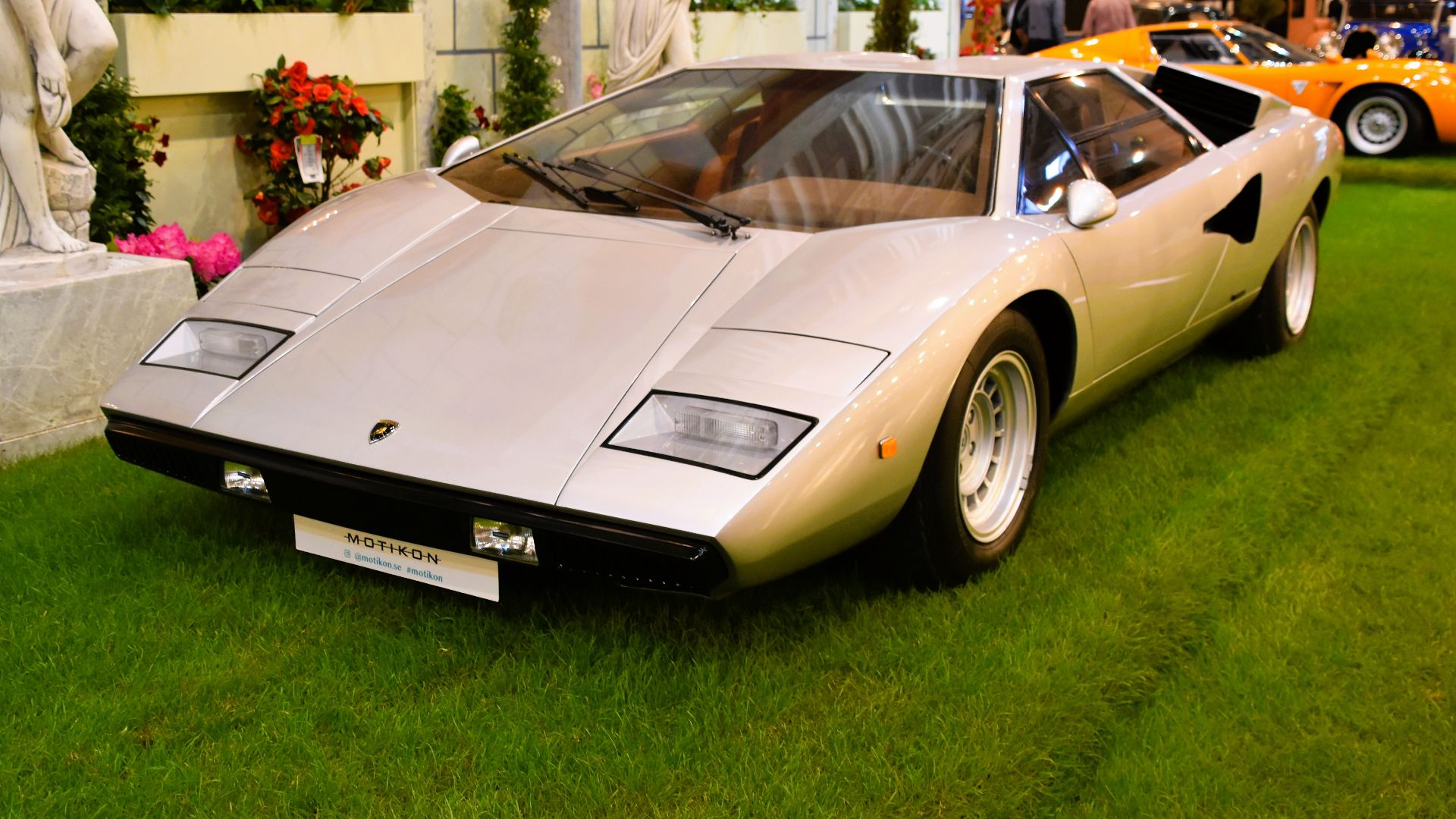 Charles from Port Chester, New York, Wikimedia Commons
Charles from Port Chester, New York, Wikimedia Commons
1975 Datsun 280Z
The 280Z balanced Japanese reliability with European looks and sports car dynamics. Long hood, short deck, perfect proportions—it was the kind of car that made every drive feel like a special occasion. Affordable, stylish, and timeless, it reminded the world that fun didn’t have to cost a fortune.
 Berthold Werner, Wikimedia Commons
Berthold Werner, Wikimedia Commons
1975 Chevrolet Corvette Stingray
Few shapes say ‘American muscle’ like the C3 Corvette. All curves, chrome, and V8 thunder, it was bold in a way few modern cars dare to be. Sure, the build quality wasn’t perfect—but who cares when you’re grinning ear to ear, windows down, exhaust roaring?
1975 Pontiac Firebird Trans Am
Loud, dramatic, and proud of it—the Trans Am was a rolling middle finger to subtlety. Its giant bird decal and booming V8 gave it more personality than an entire fleet of modern crossovers. It wasn’t perfect, but it was unapologetically fun.
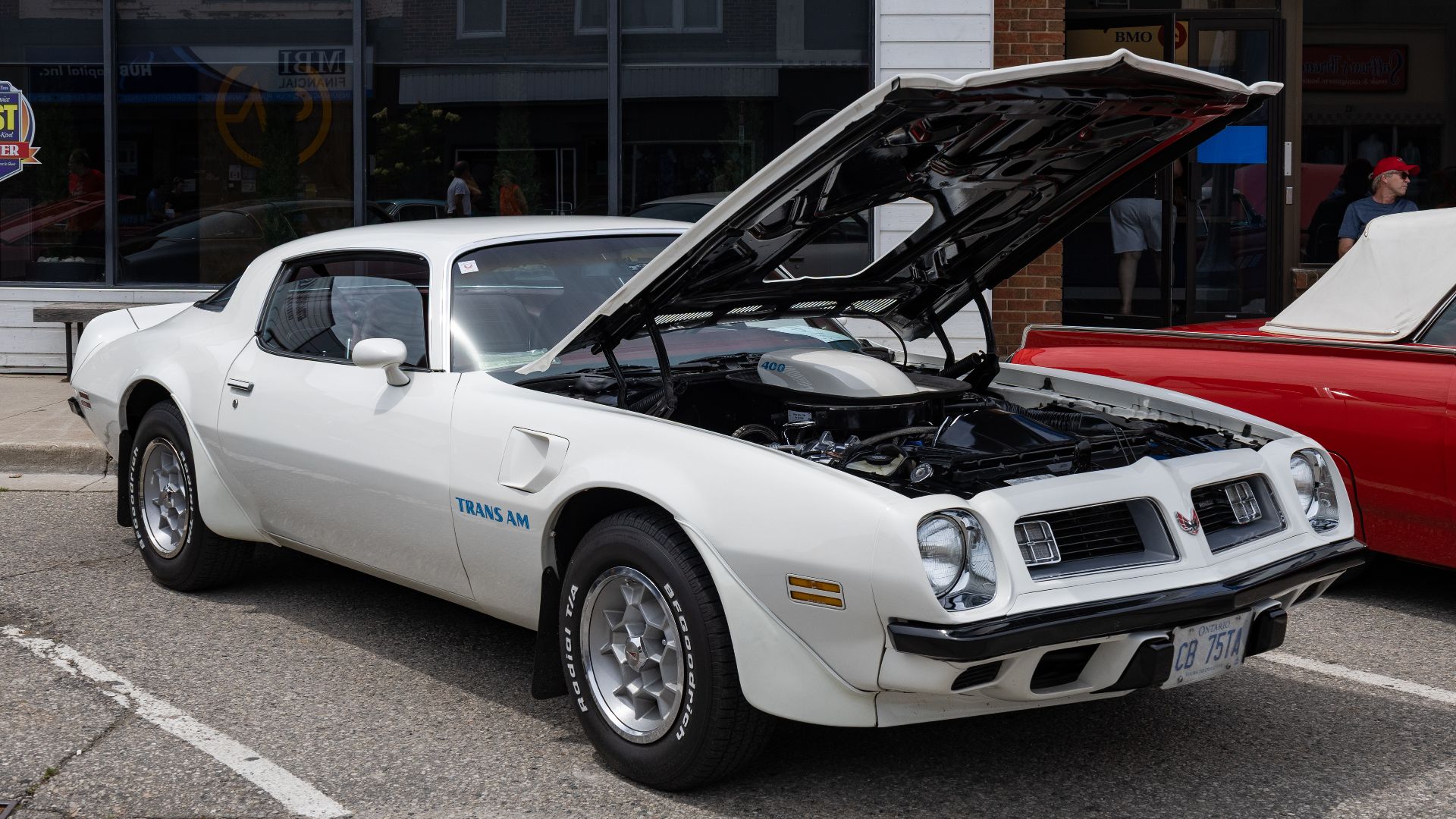 Crisco 1492, Wikimedia Commons
Crisco 1492, Wikimedia Commons
1975 Mercedes-Benz 450 SL
A car for people who appreciated style without shouting. Chrome bumpers, leather seats, and effortless power made the 450 SL the ultimate cruiser. It was the convertible you took to brunch, not the track. Calm, confident, and classy—things modern luxury cars often forget.
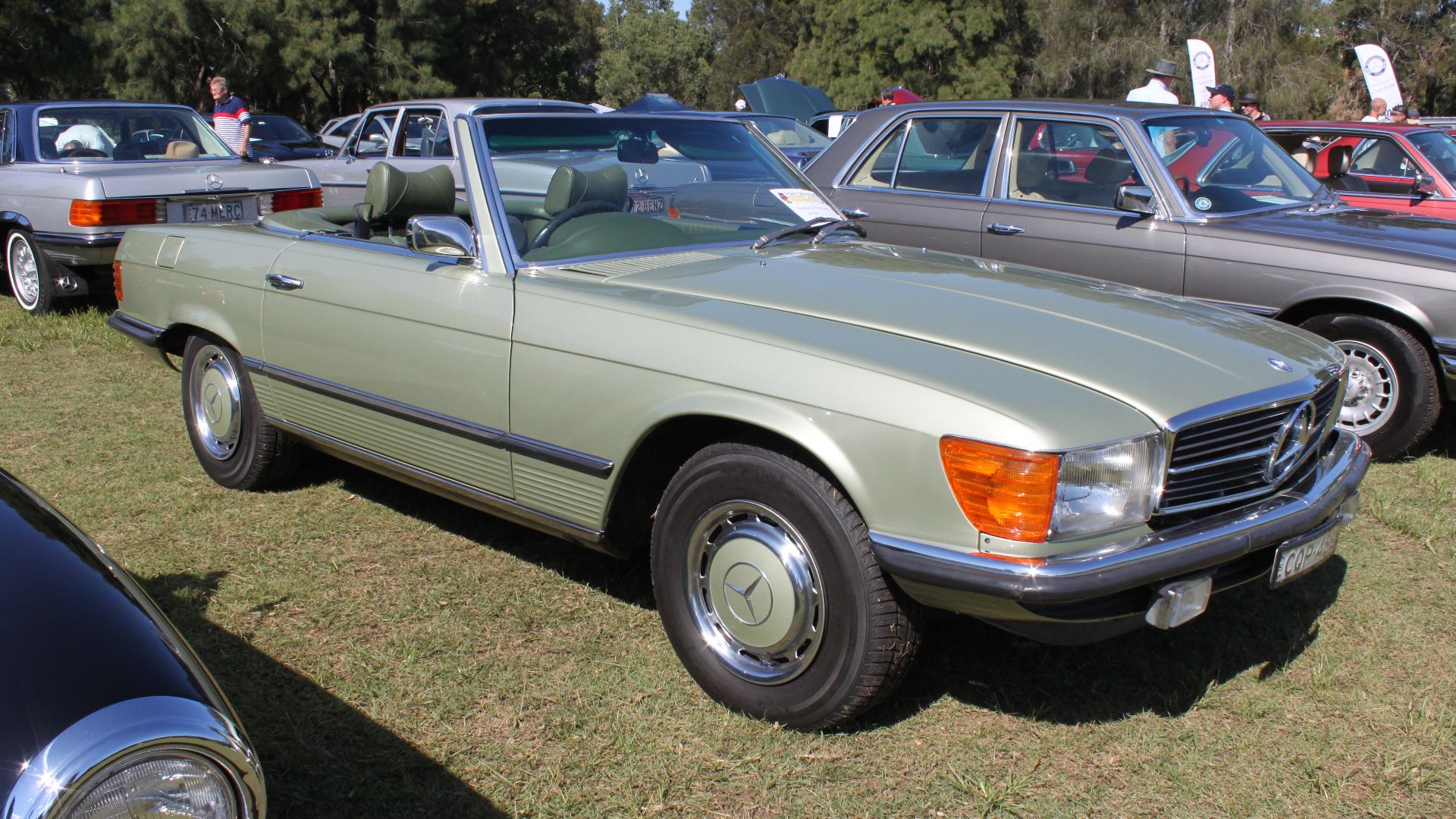 Jeremy from Sydney, Australia, Wikimedia Commons
Jeremy from Sydney, Australia, Wikimedia Commons
1975 Alfa Romeo Montreal
The Alfa Montreal looked like it came from another planet—and drove like it, too. With its hidden headlights, vents, and raspy V8, it was pure passion on wheels. Every trip felt romantic, unpredictable, and beautifully flawed—in other words, perfectly Italian.
 Andrew Bone from Weymouth, England, Wikimedia Commons
Andrew Bone from Weymouth, England, Wikimedia Commons
1975 Jaguar XJ6
British sophistication wrapped in steel and wood. The XJ6 offered a smooth inline-six, real craftsmanship, and enough charm to make you overlook the occasional electrical tantrum. It was elegant in a way touchscreens can’t replicate—the kind of luxury that whispered instead of shouted.
1975 Mazda RX-3
Mazda’s little rotary terror spun to the heavens and howled the whole way up. Small, light, and fearless, it proved you didn’t need big displacement to have big fun. Modern cars mute the experience—the RX-3 turned it into a soundtrack.
1975 Ford Bronco
Built for dirt, not data. The original Bronco was rugged, square, and full of charm. It didn’t care about phone connectivity or driving assists—it cared about adventure. Every dent told a story, and every trip was an excuse to go somewhere you probably shouldn’t.
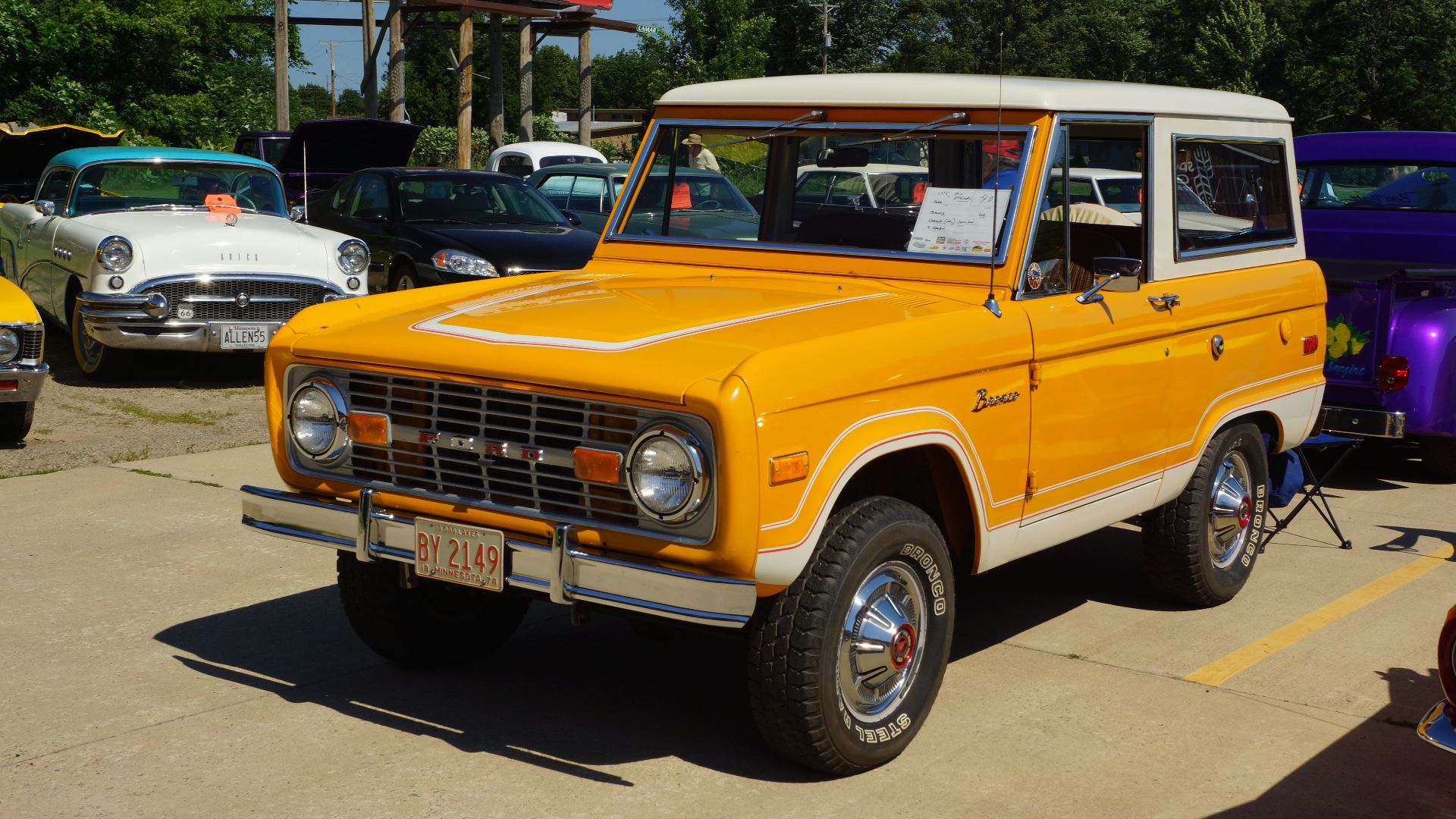 Greg Gjerdingen from Willmar, USA, Wikimedia Commons
Greg Gjerdingen from Willmar, USA, Wikimedia Commons
1975 Volkswagen Scirocco
The Scirocco turned practicality into something exciting. Compact, light, and full of energy, it offered driving joy without pretension. It didn’t need massive horsepower or a turbo to be fun—just a good driver and a twisty road. Simplicity was its secret weapon.
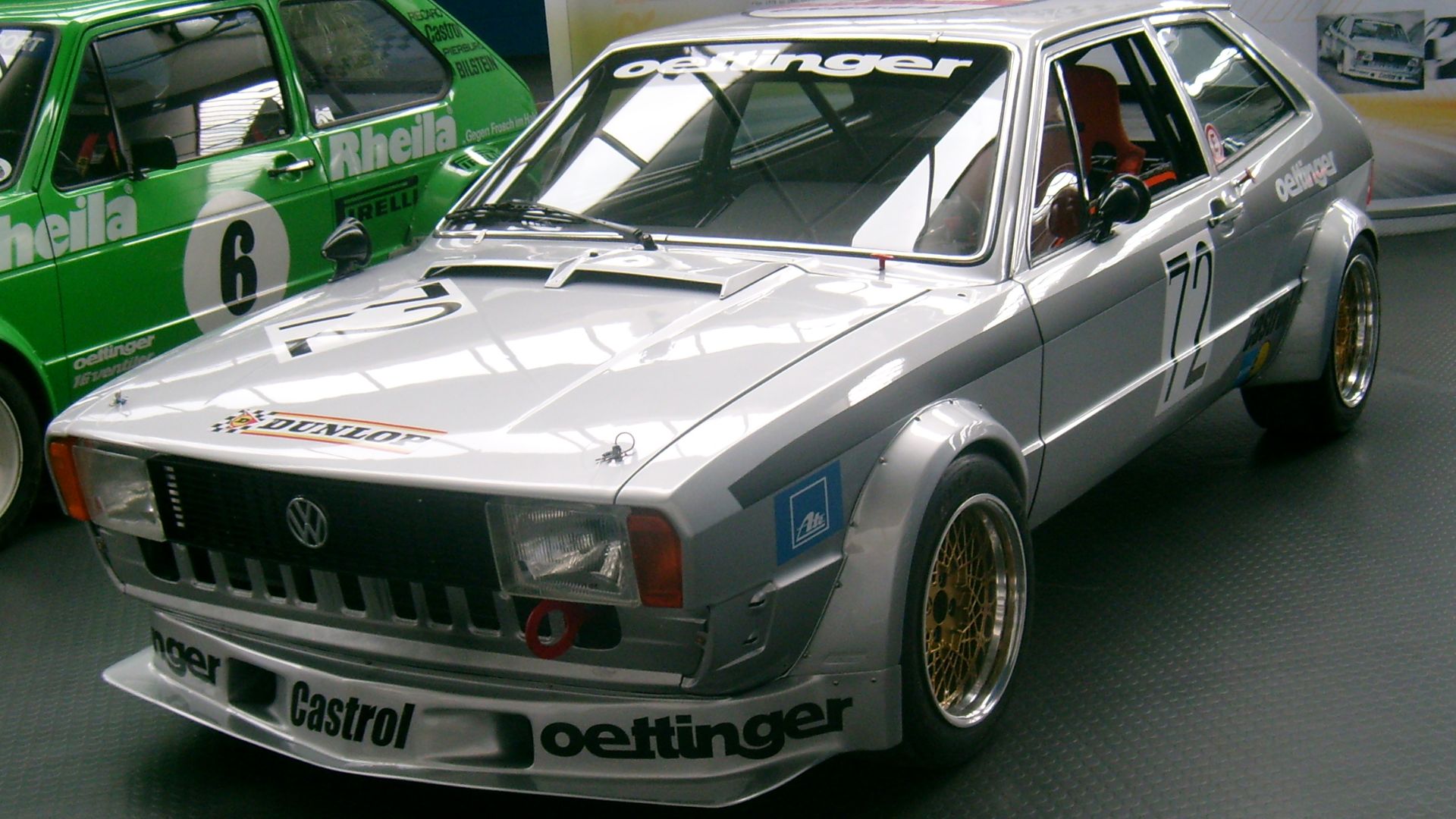 https://www.flickr.com/photos/bkm_br/, Wikimedia Commons
https://www.flickr.com/photos/bkm_br/, Wikimedia Commons
1975 Toyota Celica GT
The Celica GT was Toyota’s proof that fun and reliability could share a garage. It was light, rear-wheel drive, and surprisingly stylish—the perfect entry-level sports car for dreamers. Half a century later, it still looks ready to hit the coastal highway.
1975 De Tomaso Pantera
A perfect blend of American brawn and Italian flair. The Pantera packed a Ford V8 into an exotic wedge-shaped body. It was fast, loud, and occasionally unpredictable—just like all great cars should be. Mechanical, muscular, and magnetically cool.
1975 Rolls-Royce Corniche
Luxury used to be about craftsmanship, not software. The Corniche glided along like royalty, cocooning passengers in silence and style. No alerts, no updates, no nonsense—just a perfect marriage of engineering and elegance that modern luxury cars can only imitate.
1975 Lancia Stratos HF
The Stratos wasn’t just built for the road—it was built to win rallies. Compact, mid-engine, and shaped like a UFO, it was raw and brilliant. Every drive felt like a stage victory. Try finding that kind of excitement in a crossover named after a letter.
1975 Saab 99 Turbo (Prototype)
Sweden’s most eccentric creation of the decade. Saab’s early experiments with turbocharging proved they were miles ahead of the curve. It was weird, wonderful, and proudly different—the kind of personality you won’t find in today’s algorithm-designed sedans.
1975 Opel Manta
The Manta was Germany’s affordable cool car—smooth, sporty, and accessible. With rear-wheel drive and just the right amount of flair, it turned ordinary drives into mini adventures. Cars like this made you want to drive, not just commute.
 Alexander Migl, Wikimedia Commons
Alexander Migl, Wikimedia Commons
1975 Peugeot 504 Coupe
French style and Italian design, blended to perfection. The 504 Coupe was elegant without being flashy, and smooth without being dull. It didn’t need to prove itself—it simply existed as a statement of taste. The kind of subtle confidence that modern cars rarely have.
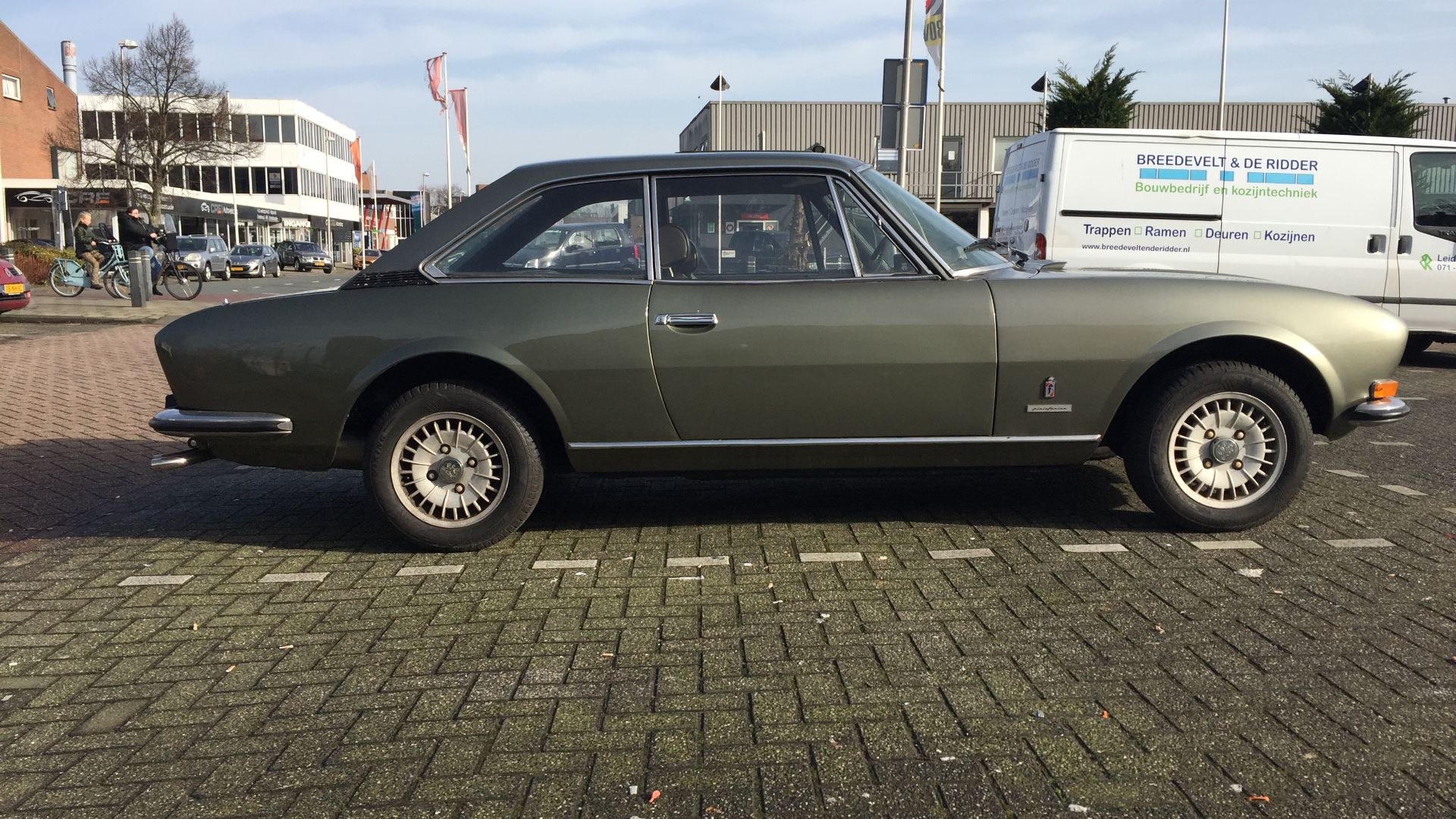 louisznl from Netherlands, Wikimedia Commons
louisznl from Netherlands, Wikimedia Commons
1975 Aston Martin V8
The Aston Martin V8 looked like power wearing a tuxedo. A British muscle car with manners, it combined presence with performance. When you started it, you didn’t hear an engine—you heard intent. One of the few cars that could intimidate and charm at once.
1975 Dodge Dart Sport
The Dart Sport was America’s affordable hooligan. Cheap, simple, and endlessly modifiable, it encouraged burnouts before breakfast. It was built for fun, not focus groups. You didn’t buy one to save fuel—you bought it to make noise and memories.
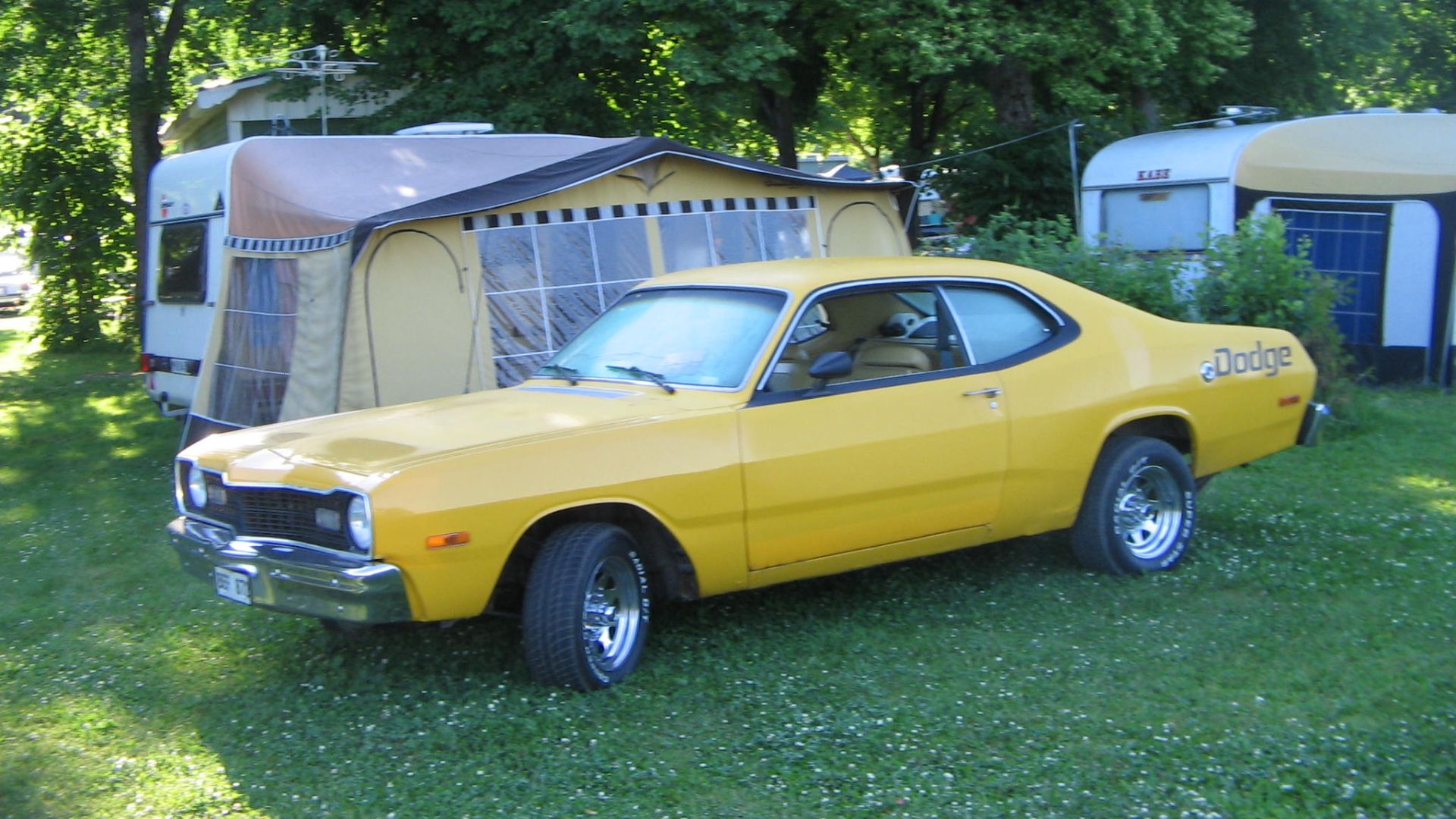 User:Konstantin, Wikimedia Commons
User:Konstantin, Wikimedia Commons
1975 Citroën SM
The SM was what happens when engineers are allowed to dream. Hydropneumatic suspension, Maserati engine, spaceship looks—and somehow, it worked. It was unapologetically French and wonderfully odd. Every mile felt like a trip through another era.
1975 Toyota Land Cruiser FJ40
Tougher than most of today’s trucks, the FJ40 was built to survive anything. It climbed mountains, crossed deserts, and asked for nothing in return. Modern SUVs pretend to be adventurous—this one was. It’s no wonder collectors still worship them.
1975 AMC Pacer
The Pacer was the weird kid at car school—but everyone remembered it. Wide, round, and surprisingly innovative, it was different in all the right ways. Love it or laugh at it, at least it tried. You can’t say that for most cars today.
1975 Fiat X1/9
A mid-engine sports car for the everyman. Light, nimble, and sharp, the X1/9 delivered pure driving joy at reasonable speeds. It didn’t need 400 horsepower—it just needed corners. A reminder that connection, not complexity, is what makes driving magic.
1975 Triumph TR6
The TR6 was the quintessential British roadster: noisy, mechanical, and charmingly imperfect. It rewarded commitment and punished laziness. Every drive was an event, not an errand. Owning one meant you loved cars for the right reasons—and had a good toolkit.
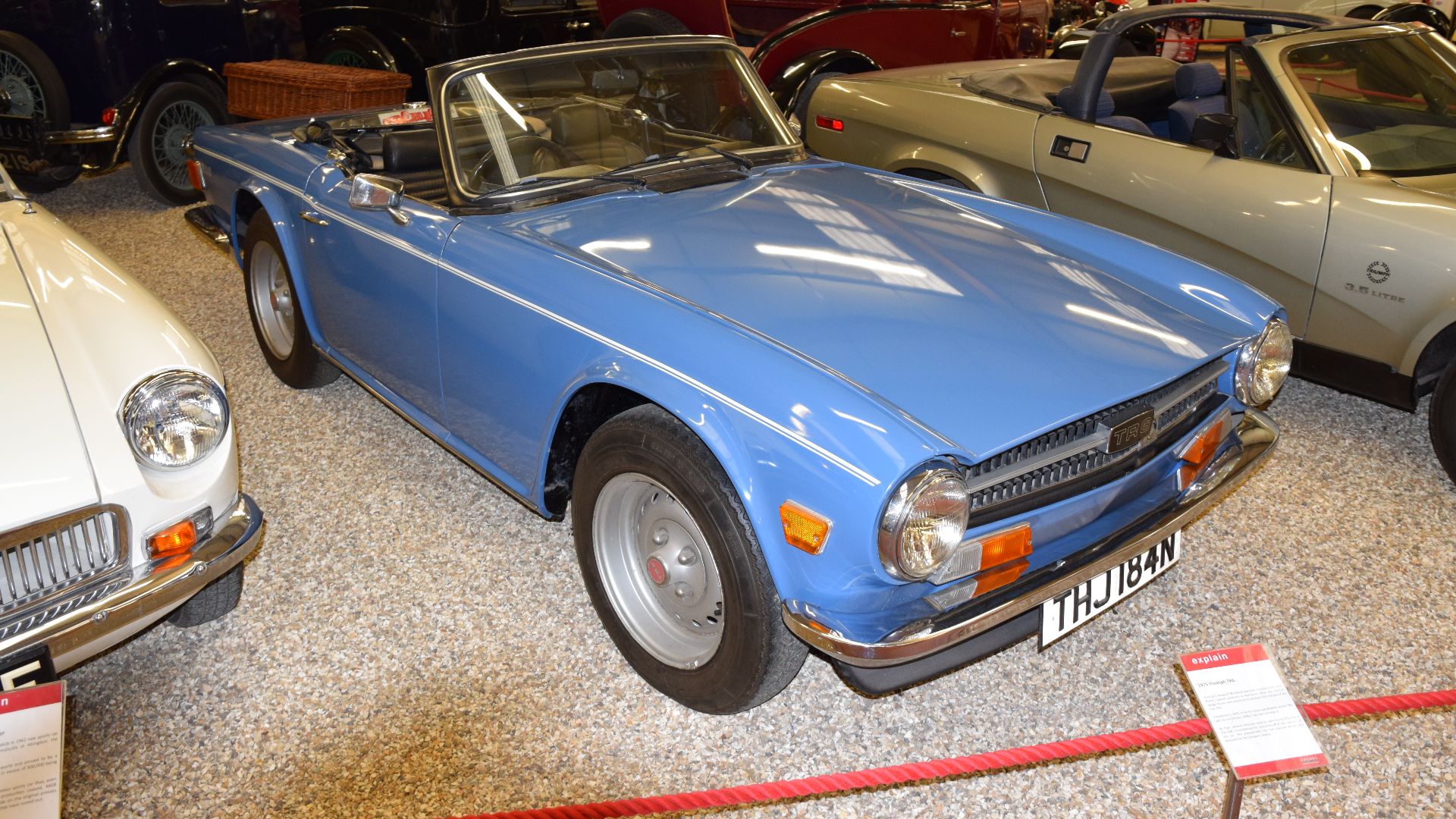 Hugh Llewelyn from Keynsham, UK, Wikimedia Commons
Hugh Llewelyn from Keynsham, UK, Wikimedia Commons
1975 Plymouth Road Runner
Cartoon character meets real muscle. The Road Runner had attitude baked into its DNA. Loud graphics, loud engine, loud everything. It wasn’t subtle, but it was unforgettable. A time when cars made statements, not PowerPoints.
 dave_7 from Lethbridge, Canada, Wikimedia Commons
dave_7 from Lethbridge, Canada, Wikimedia Commons
1975 Jensen Interceptor III
A British GT with an American heart. The Interceptor’s sweeping glass rear and burly V8 made it both beautiful and brutal. It guzzled fuel like a rock star and looked every bit as glamorous. You didn’t drive one to blend in—you drove it to arrive.
Final Thoughts
Half a century later, these cars still have something today’s vehicles don’t: soul. They shake, rattle, and sometimes leak—but they make you feel alive. Driving them wasn’t about getting somewhere faster—it was about enjoying every imperfect, glorious mile along the way.
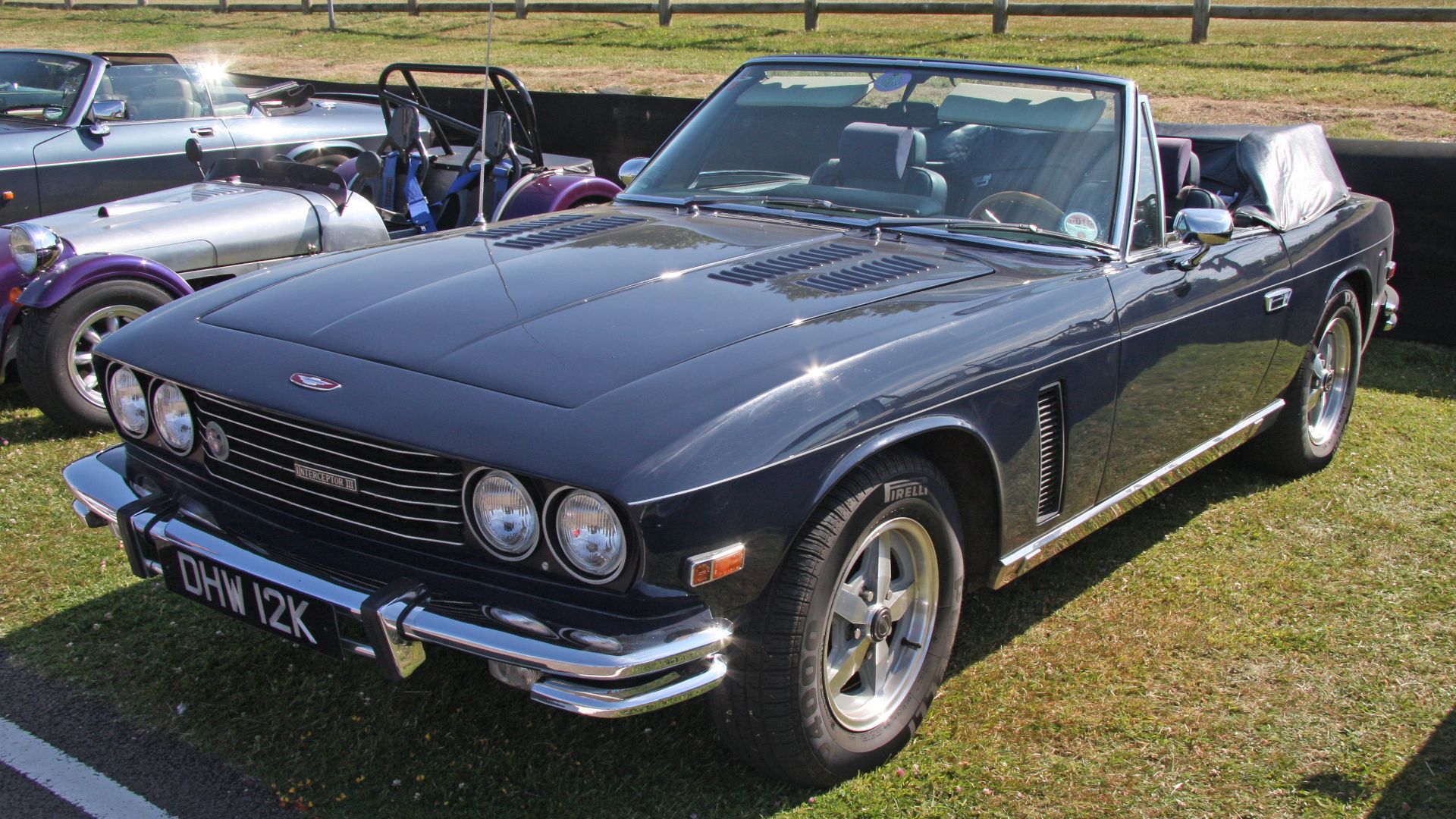 Brian Snelson from Hockley, Essex, England, Wikimedia Commons
Brian Snelson from Hockley, Essex, England, Wikimedia Commons
You Might Also Like:
Cars That Lose The Most Value The Second You Drive Them Off The Lot
Cars Where Engineers Lost Their Minds In The Best (And Worst) Ways Possible


